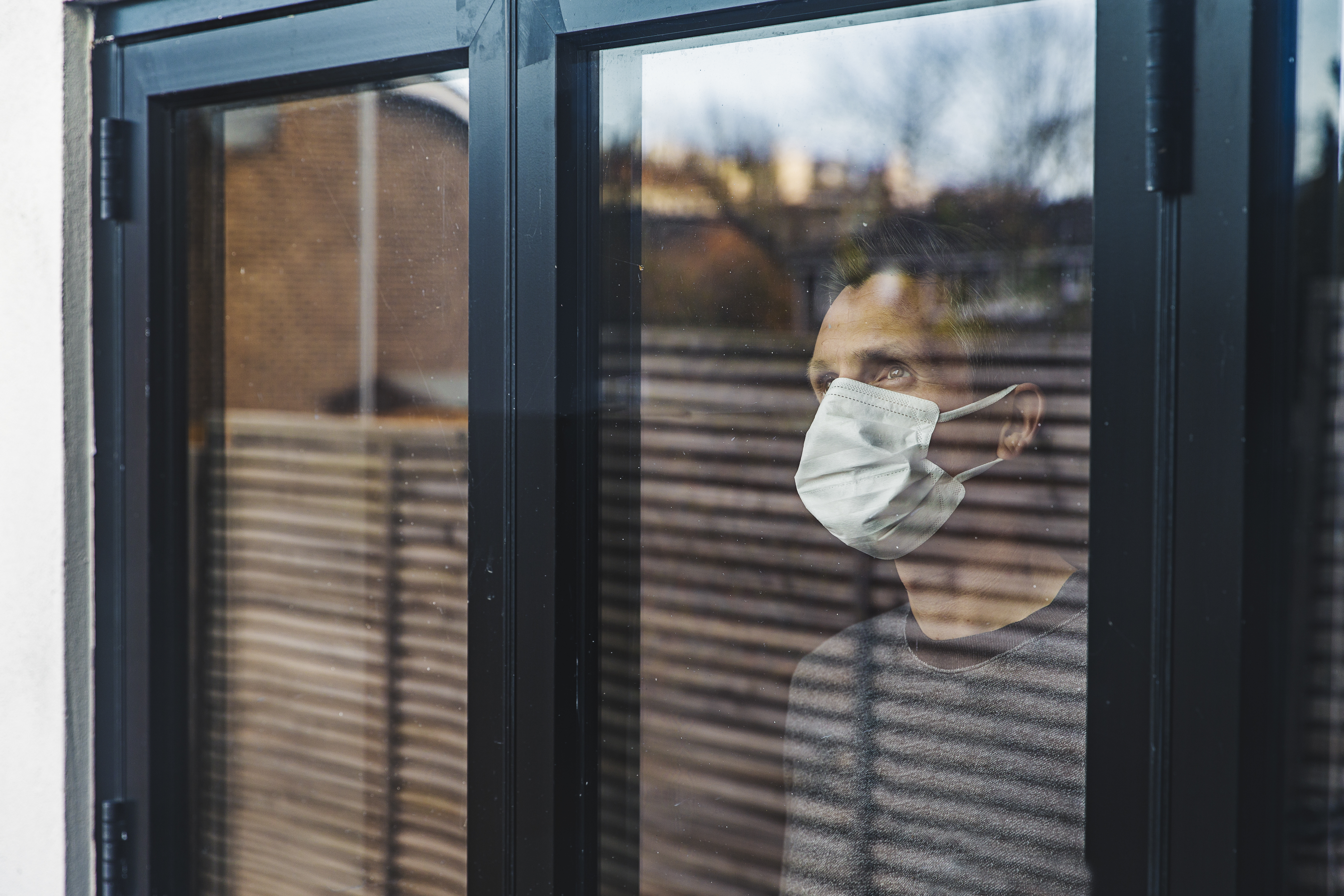The researchers used publicly provided near-real-time cell signal data from more than 20 million devices per day to measure time spent at home, social mixing and traveling. They collected and developed a classification system of state and county-level policy responses, as well as information events relevant to the epidemic, such as announcements about the first positive case of COVID-19 in an area or the first reported death from the virus.
The research shows that most states have followed a similar policy path, starting with emergency declarations and ending with stay-at-home orders.
“Lawmakers across the country are currently considering the pros and cons of ‘opening up,’ weighing benefits of reduced virus transmission rates against economic damages,” said Kosali Simon, a Herman B Wells Endowed Professor in the O’Neill School of Public and Environmental Affairs at IU Bloomington and associate vice provost for health sciences at IU. “Our research shows that across the board, the nation slowed down their movements even before mitigation mandates went into place, and even in states without government mitigation policies. This suggests that much of the decline in mobility is due to individual responses to information rather than mitigation mandates.”
However, when mobility data are linked to policy data, there is evidence that some state and local policies have further reduced mobility. Early policy events like emergency declarations and public health office announcements about news reports of the first local cases generated larger reductions in mobility than later actual mitigation policies such as stay-at-home orders, because the declines in mobility had largely happened early.
Five days after policies such as school closures, there was about a 5 percent reduction in mobility beyond the national trend. Stay-at-home laws had almost no noticeable effect.
The effects of emergency declarations, an early measure that could be viewed as an information event and a proxy for the stream of policies to come, start out small and grow substantially with time since the declarations. The cumulative effect of the emergency declarations explains about half of the growth in social distancing over the course of March 2020. The remaining growth came from voluntary actions that were not explained by state policy.
“While government actions such as stay-at-home orders happened after much of the public’s movement had already slowed and may not have had a great influence, that doesn’t mean that lifting those quarantine policies will not have an impact on mobility now,” said Ana I. Bento, assistant professor in the Department of Epidemiology and Biostatistics at the IU School of Public Health-Bloomington. “The prevailing national attitude and news of cases are just as influential, our research finds.”
“Although not intended to reduce mobility, local announcements of the first confirmed COVID-19 case or first reported death were significant informational events that took place in many counties or states before specific mitigation policies,” said Sumedha Gupta, assistant professor in the Department of Economics in the School of Liberal Arts at IUPUI. “Many individuals responded personally to the information and limited their movement.”
“While the threat posed by the virus in early spring provided an incentive for individuals to avoid physical interactions, government policy can still play an effective role,” said Coady Wing, associate professor in the O’Neill School in Bloomington. “The estimates presented in our research provide insight into policies that seem to generate the most social distancing in the short run, which is important for slowing the pace of the epidemic — flattening the curve — to avoid surges in the demand for health services that exceed the capacity of local hospitals and health care systems. Over the long term, however, government policy could be found to have had a significant impact.”
Emergency declarations are one of the earliest state policy responses to the pandemic, and the state policy announcement that the researchers found had the largest impact on mobility. While the declarations did not directly close venues, they may have sent signals of the seriousness of the situation to state populations, and they may also be viewed as the initial move in a cascade of state policies to follow.
In addition to Simon, Bento, Gupta and Wing, authors of the paper from IU Bloomington included post-doctoral researcher Thuy Nguyen and doctoral candidate Felipe Lozano Rojas at the O’Neill School; Shyam Raman, undergraduate researcher in the School of Public Health; and Byungkyu Lee, assistant professor in the Department of Sociology in the College of Arts and Sciences.
The results of the research are available in today’s National Bureau of Economic Research paper titled “Tracking Public and Private Response to the COVID-19 Epidemic: Evidence from State and Local Government Actions.”
For more information regarding IU’s research and expertise in the fight against COVID-19, visit research.impact.iu.edu/coronavirus.
COVID-19 resources for journalists
Looking for more Indiana University expertise related to the novel coronavirus? Find the latest list of IU scientists, researchers and clinicians who are available to discuss a wide range of topics, such as COVID-19’s impacts on our physical and mental health, the economy, politics, globalization, and more. This resource is updated as we identify more experts to share with the media, so please check back often.
IU Research
Indiana University’s world-class researchers have driven innovation and creative initiatives that matter for 200 years. From curing testicular cancer to collaborating with NASA to search for life on Mars, IU has earned its reputation as a world-class research institution. Supported by $680 million last year from our partners, IU researchers are building collaborations and uncovering new solutions that improve lives in Indiana and around the globe.
Original post https://alertarticles.info




